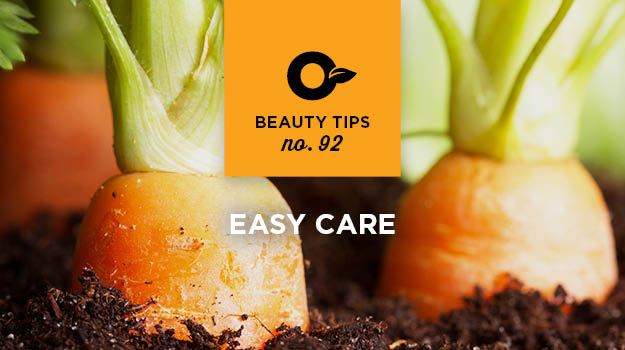
The arrival of fall means it will soon be time to go pumpkin picking. Whether it's to make a decoration or for cooking, pumpkins have been a fall tradition for several years. Learn a little more about the queen of the vegetable garden.
A fruit or vegetable?
You may wonder if a pumpkin is a fruit or a vegetable. Well... a pumpkin is a fruit! Here is why botanists classify the pumpkin as a fruit: a fruit is the structure bearing the seeds which develop from a flowering plant's ovary.
Benefits of pumpkins on our health
Pumpkins make superb Halloween decorations, but these big orange fruits also have features that have a positive impact on our health.
Pumpkins are a great source of phosphorus, magnesium and vitamins A, B2 and C. They also have anti-inflammatory properties, contain lots of antioxidants, and strengthen your immune system. Slightly sweet, pumpkins are fiber-rich and low in calories.
How to pick the best pumpkin

Choose a pumpkin that is firm and heavy, and avoid those that have spots, cracks or weak points, as this means they've started to deteriorate inside.
Test your pumpkin's level of maturity with your nail on its skin. If it is mature, it will leave no marks. The stem must be green and firm, as it is a sign of the fruit's freshness. Finally, pick a fruit whose colour is a bright orange.
Edible parts
Your pumpkin's weight in pounds will determine the weight of the edible flesh (3 pounds = 3 pounds of flesh). All of a pumpkin's parts can be eaten, except the stem. The skin is also edible, but that depends on your personal taste and the variety chosen.
The biggest have a skin that is too difficult to eat, which makes them less appealing.
The flesh is perfect for several pie, bread, cake and soup recipes. The slimy stuff is also edible; it can be boiled to make pumpkin broth. Finally, roast the seeds in the oven. They make a great snack!
The best time to decorate your pumpkin for Halloween
Avoid carving your pumpkin too early if you want it to be in good condition for Halloween. A hasty preparation would cause it to deteriorate: it may dry out, develop mould or even be attacked by insects. The climate in your region will have a significant impact on the speed at which it deteriorates. Generally, it is recommended to decorate your pumpkin a maximum of 5 days before Halloween.
How to keep your pumpkin longer

- When carving your pumpkin, it is important to remove all that's inside: remove both seeds and viscera.
- Clean it with bleach to kill bacteria.
- When you're finished carving, apply Vaseline on the edges you've created.
- Don't hesitate to refrigerate your pumpkin at night or soak it in cold water.
- Use a fly trap to keep fruit flies at bay. Avoid exposing your pumpkin to direct sunlight and bad weather.
Finally, the best way to keep your pumpkin longer is to paint it to decorate it instead of carving it.
A few recipe ideas

Here are a few original ideas that will help prevent waste:
- Make your own purée
- Prepare a delicious spice café latte
- Roast the seeds to make snacks
- Pumpkin broth
- Homemade pumpkin bread
- Chips
- Cook a pie
- Pumpkin soup
- Muffins
- Roasted pumpkin as a side dish
- Hummus
Interesting facts
- The record for the largest pumpkin was established in Germany on October 9, 2016: it weighed 2,600 pounds.
- Pumpkins are grown on all continents except Antarctica.
- Every pumpkin contains about 500 seeds.
- There are over 45 different pumpkin varieties.
- Originally, the turnip was the symbol of Halloween in Ireland. It was progressively replaced by the pumpkin, because it's easier to carve, when the Irish immigrated to the United States. It was believed that a hollowed pumpkin with a carved face kept evil spirits at bay. Also, the light inside is a reference to the legend of Jack O’Lantern.


